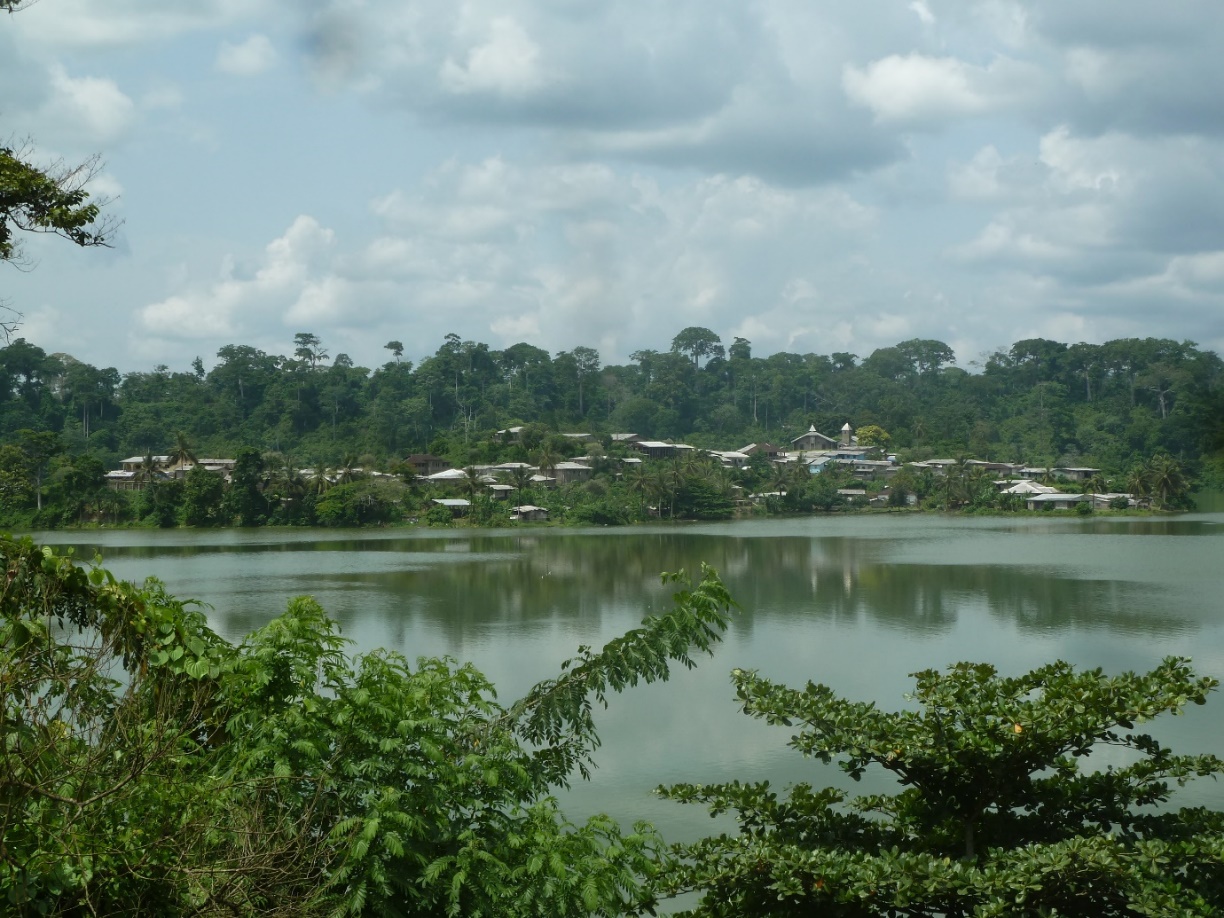
Preventive chemotherapy (deworming) has a pivotal role in control of certain neglected tropical diseases (NTDs) such as schistosomiasis and soil-transmitted helminthiasis (STH), as a short-term, rapid impact intervention. As these two diseases are strongly associated with poverty, people frequently get re-infected after treatment from their local environment since they have insufficient access to safe water sources or adequate sanitation and hygiene.
To have a more enduring health impact, preventive chemotherapy needs to be augmented with other interventions such as water, sanitation and hygiene (WASH) approaches.
To have a more enduring health impact, preventive chemotherapy needs to be augmented with other interventions such as water, sanitation and hygiene (WASH) approaches.
Recent international meetings (COR-NTD, WHO STH & Schistosomiasis Advisory Committee) have discussed and explored this need as framed within the shift from morbidity control, to elimination of transmission. Currently, evaluation criteria for WASH predominantly focuses on data collected upon two aspects: access to fresh drinking water and installation of appropriate latrines, which overlooks other significant factors of environmental transmission, for example, human water contact behavior and the aquatic biology of the schistosome.
With the above in mind, in this study we aimed to undertake a detailed situational analysis of schistosomiasis and STH epidemiology, including assessment of WASH, in two areas endemic for these diseases: the Barombi Mbo and Barombi Kotto crater lakes of South West Cameroon.
These two lakes are of significant historical and parasitological importance, being exemplar locations where seminal integrated control of schistosomiasis was attempted in the 1970s, using a combination of preventive chemotherapy and snail control via mollusciciding.
Subsequently, with the wide-scale administration of praziquantel, treatment has been provided annually to schoolchildren for the past decade. A contemporary situational assessment is therefore important. Our study is one of very few detailed investigations of multiple helminths, using multiple diagnostic techniques, in co-endemic settings, following more than ten years of preventive chemotherapy.
It is highly likely that this WASH infrastructure has been a considerable driver in reducing the helminths to such a low prevalence.
From this integrated surveillance, a most interesting picture emerged. We found very low prevalence of Schistosoma haematobium and hookworms at Barombi Mbo. We found no intestinal schistosomiasis, or other STH. In terms of the aquatic habitat, we found low numbers of two snail host species of Schistosoma haematobium, Bulinus camerunensis and Bulinus truncatus each with variable transmission capacity.
Unusually, an extensive village water infrastructure, from a protected spring and gravity filter piped to public stand-pipes, has been installed at Barombi Mbo. While we will never know definitively, it is highly likely that this WASH infrastructure has been a considerable driver in reducing the helminths to such a low prevalence, upon consideration of their former historical endemicity. There is now an unprecedented opportunity to push for schistosomiasis elimination in this community.
At Barombi Kotto we found very different human-snail-parasite dynamics, with higher prevalence and intensity of helminths, and different host snail distributions. Whilst some households had latrines, WASH infrastructure was generally poor.
Whilst some households had latrines, WASH infrastructure was generally poor.
This very different population and water access dynamic highlights a critical issue for consideration: given the history of mass drug administration, to push this site towards disease elimination, additional environmental and WASH infrastructure will likely be required, and tailored with local behavioral-related activities.
Our study sets the scene for further assessment of environmental factors and contributes important information towards developing intensified control strategies that target interrupted transmission. National NTD control programs will eventually need to progress beyond preventive chemotherapy to accommodate the disease and human transmission dynamics including WASH.
Environmental strategies will need to be tailored to local differences, as a key enhancement to continuation of large-scale mass drug administration. To do this well, more engagement with critical aspects within the WASH sector is needed.
One Comment